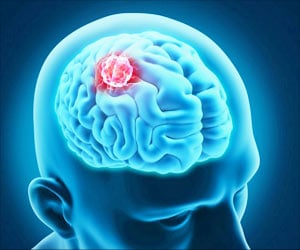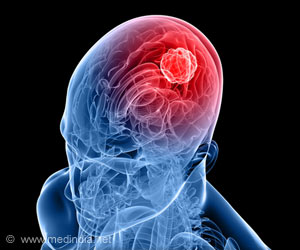
‘Anti-diarrhea drug loperamide was found to drive glioblastoma cancer cells to cell death.’
Tweet it Now
When cells digest themselves In certain types of tumour cells, administration of loperamide leads to a stress response in the endoplasmic reticulum (ER), the cell organelle responsible for key steps in protein synthesis in the body. The stress in the ER triggers its degradation, followed by self-destruction of the cells.
This mechanism, known as autophagy-dependent cell death occurs when cells undergo hyperactivated autophagy. Normally, autophagy regulates normal metabolic processes and breaks down and recycles the valuable parts of damaged or superfluous cell components thus ensuring the cell's survival, for example in the case of nutrient deficiency.
In certain tumour cells, however, hyperactivation of autophagy destroys so much cell material that they are no longer capable of surviving.
"Our experiments with cell lines show that autophagy could support the treatment of glioblastoma brain tumours," says van Wijk. Glioblastoma is a very aggressive and lethal type of cancer in children and adults that shows only a poor response to chemotherapy.
Advertisement
The "Activating Transcription Factor" ATF4 is produced in increased amounts both during ER stress and under the influence of loperamide. It triggers the destruction of the ER membranes and thus of the ER.
Advertisement
The team also showed that loperamide triggers only autophagy but not cell death in other cells, such as embryonic mouse fibroblasts. "Normally, loperamide, when taken as a remedy against diarrhoea, binds to particular binding sites in the intestine and is not taken up by the bowel and is therefore harmless".
Mechanism of action also applicable to other diseases
The loperamide-induced death of glioblastoma cells could help in the development of new therapeutic approaches for the treatment of this severe form of cancer. "However, our findings also open up exciting new possibilities for the treatment of other diseases where ER degradation is disrupted, such as neurological disorders or dementia as well as other types of tumour," says van Wijk.
However, further studies are necessary before loperamide can actually be used in the treatment of glioblastoma or other diseases. In future studies it has to be explored, for example, how loperamide can be transported into the brain and cross the blood-brain barrier. Nanoparticles might be a feasible option.
The research team in Frankfurt now wants to identify other substances that trigger reticulophagy and examine how the effect of loperamide can be increased and better understood.
Source-Eurekalert











